Read our interview with Stephen Forsey, one-half of the team that founded the watchmaker Greubel Forsey in 2004. Alongside Robert Greubel, Forsey creates incredibly unique time pieces that continue to amaze and surprise.
WHITEWALL: You grew up around engineers—your father and your grandfather were in aviation and automobiles. How did that influence you and lead you to working with watches?
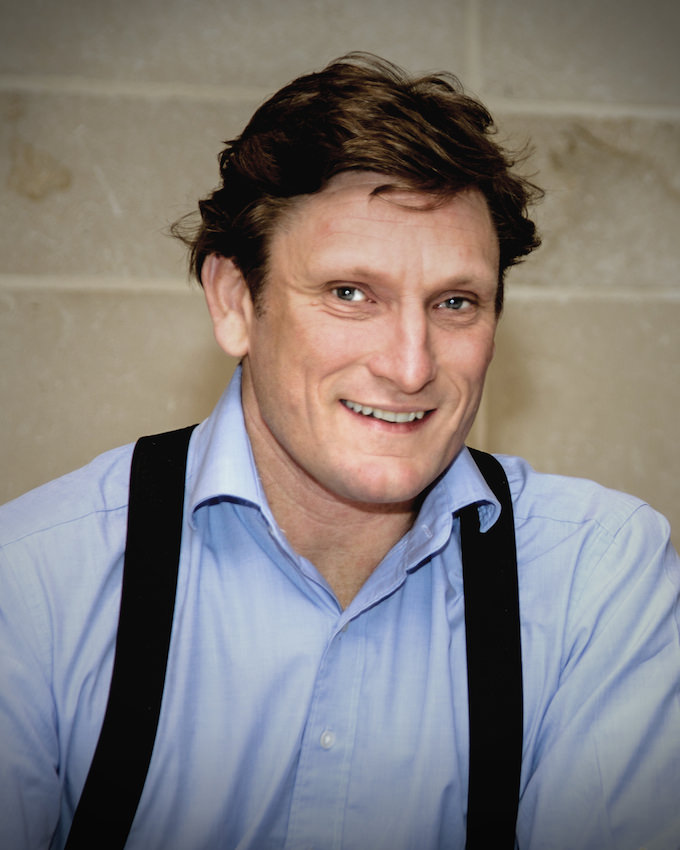
Courtesy of Greubel Forsey
STEPHEN FORSEY: I grew up with this interest for historical cars from a young age. I found out I had a passion for mechanics. A friend my father knew had an antique-clock shop. He restored clocks, and there I found in the mechanics a creative side, [something] more artistic. I was lucky. Rather than channeling me into a traditional branch, my parents supported me to find a school for horology, the science of clock- and watchmaking. I discovered then, even back in the mid-eighties, the mechanical watch, certainly for me, was not dead.
WW: Not every watch brand is founded by watchmakers. Given that you and Robert Greubel started out as watchmakers, how do you think that affects your company?
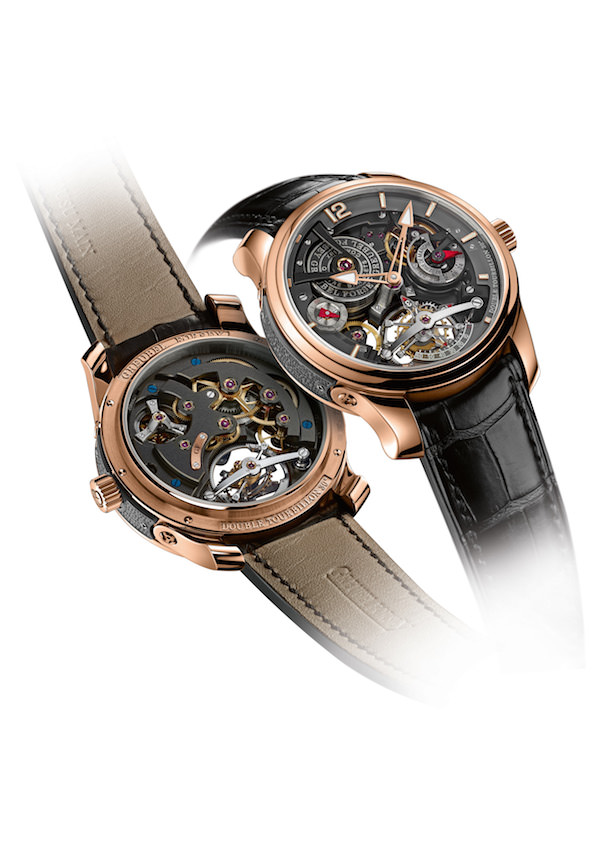
Courtesy of Greubel Forsey
SF: We have certain resources where we can overcome and push further than somebody who doesn’t have [our] background. I think it’s enabled us to go further, to find our own style in a way, and to bring the collector something that each time surprises them. I think this is part of the key of our success. Watchmaking history is very long—it’s five hundred years—and when I went to school in the U.K., and Robert in France, the teachers who were of retiring age reckoned everything had been invented. It was a very fatalistic approach. But as humans we can never accept that everything’s been done. And it’s by making mistakes and experience that we move forward, and we’re able to do new things.
WW: And in the ten years that you’ve been around, Greubel Forsey and the watch industry have really shown that so much more can be done in watchmaking.
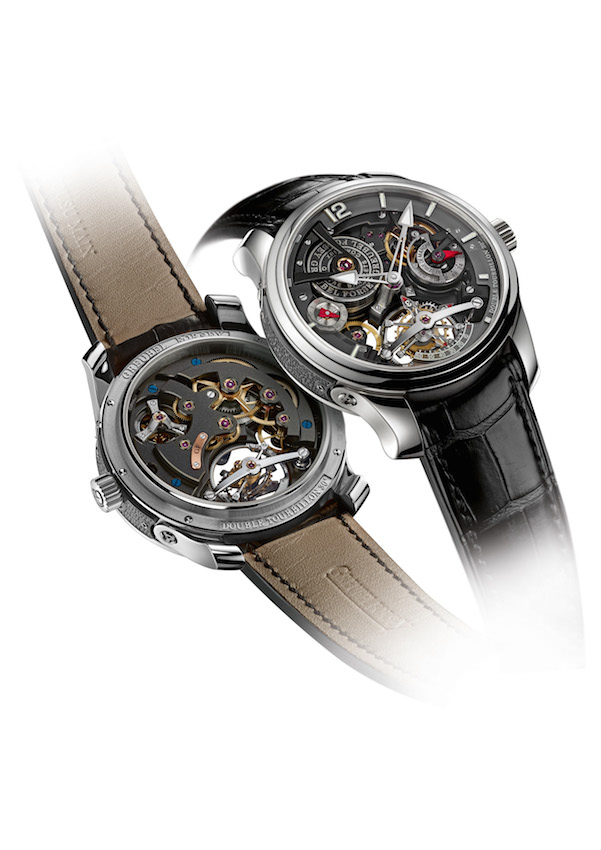
Courtesy of Greubel Forsey
SF: Yes, I think so. I wouldn’t say, because it’s just not in my nature to say, that we are a major player and we changed things, because the seeds were sown a long time before. The electronic watch from the seventies offered precision ten times better than the best mechanical machine-made watch of the time, and yet forty years later we were able to demonstrate and deliver a performance in tenths of a second of a day. Our success is completely and totally dependent on the collector and the person, the man or the woman who decides to invest in one of our pieces and to take it with them either at home. Or even better, they put it on their wrist and enjoy it.
WW: Do any of your interactions with collectors influence what you design?
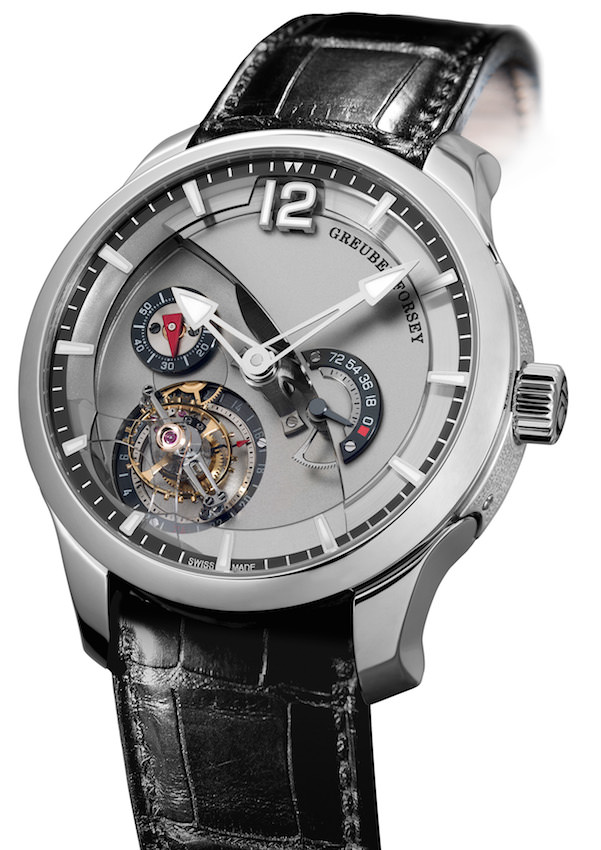
Courtesy of Greubel Forsey
SF: When you have a creative vision, you don’t want to start weaving around too much because you can lose your focus. But we’re always sensitive to listen to the collector and listen to hear what they have to say, what they experience, what they like, what they don’t like in mainstream brands or independent watchmakers. Today for Greubel Forsey we invite the collector to examine with a watchmaker’s eyeglass; the smallest detail should have no blemish visible. But it’s not machine finished; it’s all hand finished. Something that’s hand finished has a warmth in it and a texture you can’t produce by machine.
WW: Can you tell me about the GMT timepiece, which has a miniature spherical globe?
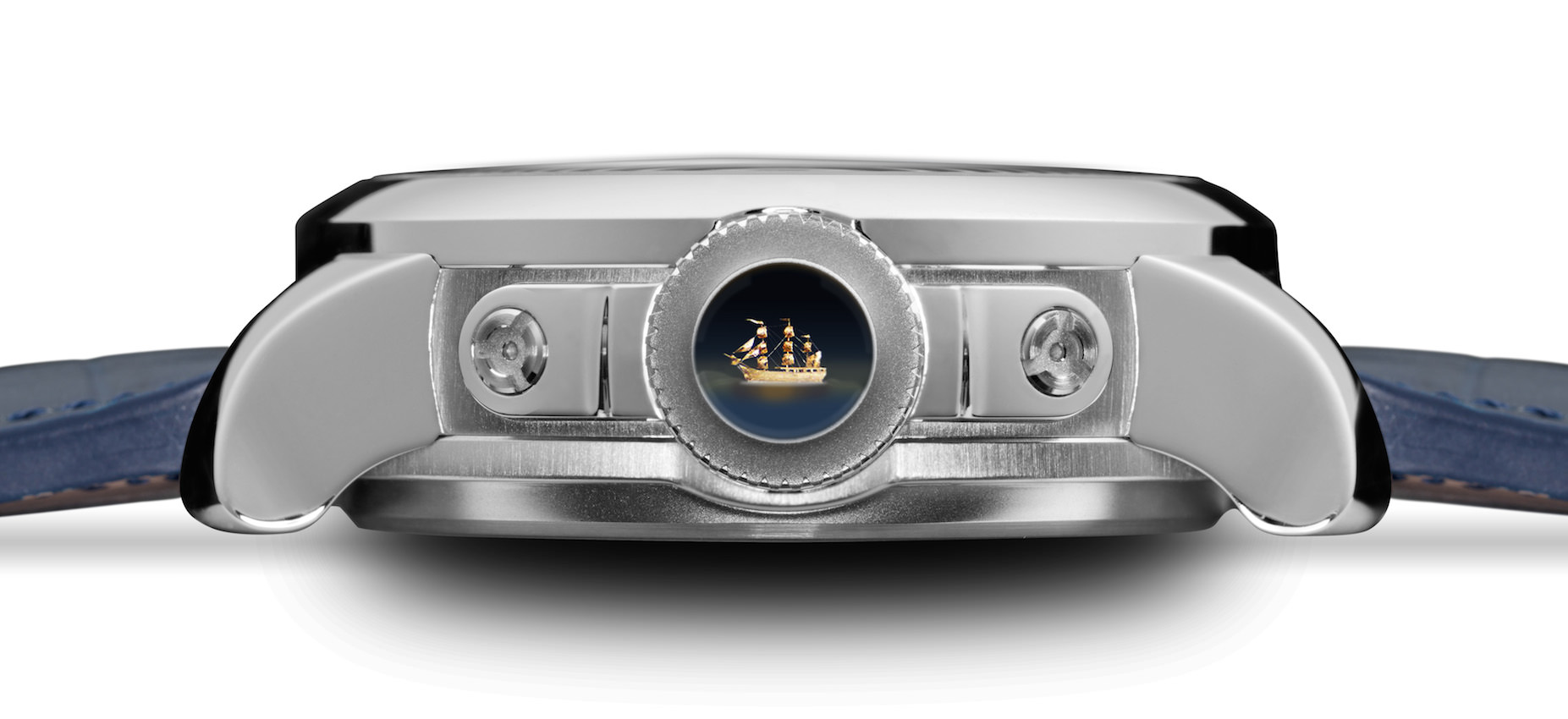
Courtesy of Greubel Forsey
SF: The globe itself is the view of earth from directly above the North Pole, so you can see across the whole of the northern hemisphere. The GMT is a fantastic piece, which has encountered a lot of success. If you think about the scale of our GMT globe, if we put that flat, we’d have to deform all the continents so it would be at the right scale, but it would fill the whole of the dial. So we’ve been able to get, by using the globe, which rotates in real time, an authentic realistic scale; we’ve got this instant day and night perception.
WW: Do you usually wear the latest model?
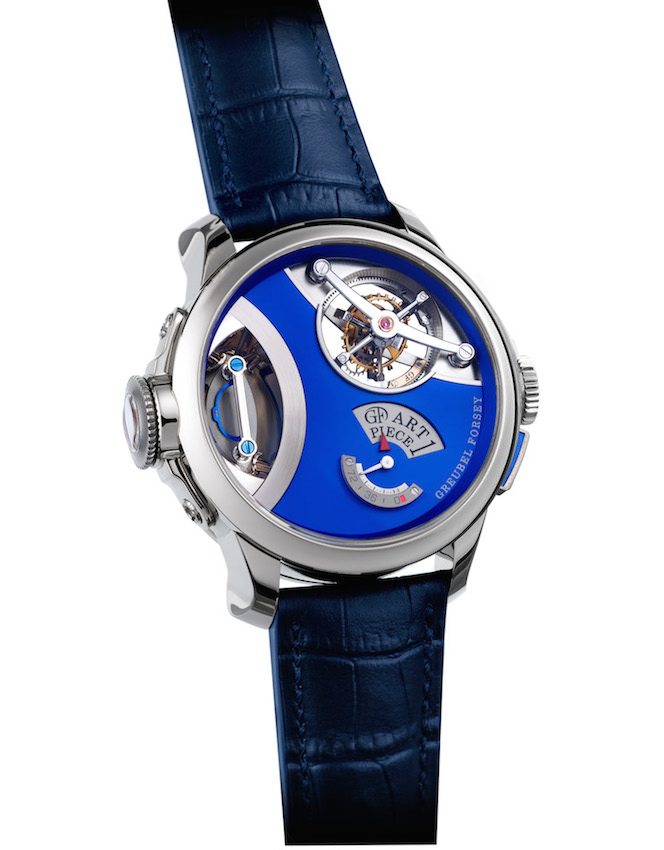
Courtesy of Greubel Forsey
SF: I wear what they lend me. It depends. In Switzerland I usually have a prototype of something. By wearing them, experiencing them, we learn more about the piece. We’re trying to transmit a passion, tell a story, and so each piece in not just a design on paper transferred to computer and then we make it and we look at the prototype. It’s not that simple. It’s very much a creative process. It’s a question of perception. What does it mean? Where is the challenge? Where is the difficulty? And I think when something becomes difficult, for Robert and me, that’s when it becomes interesting.
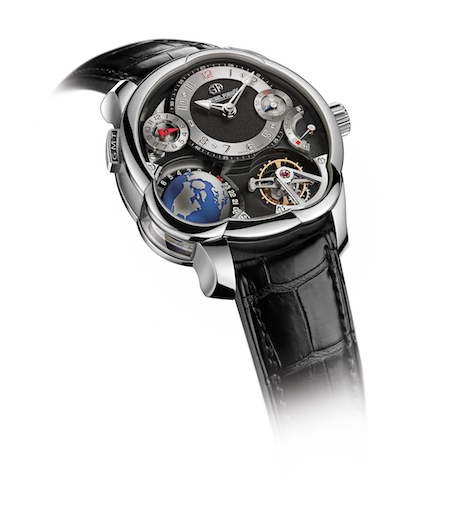
Courtesy of Greubel Forsey
This article is in Whitewall‘s spring 2015 Art Issue.








